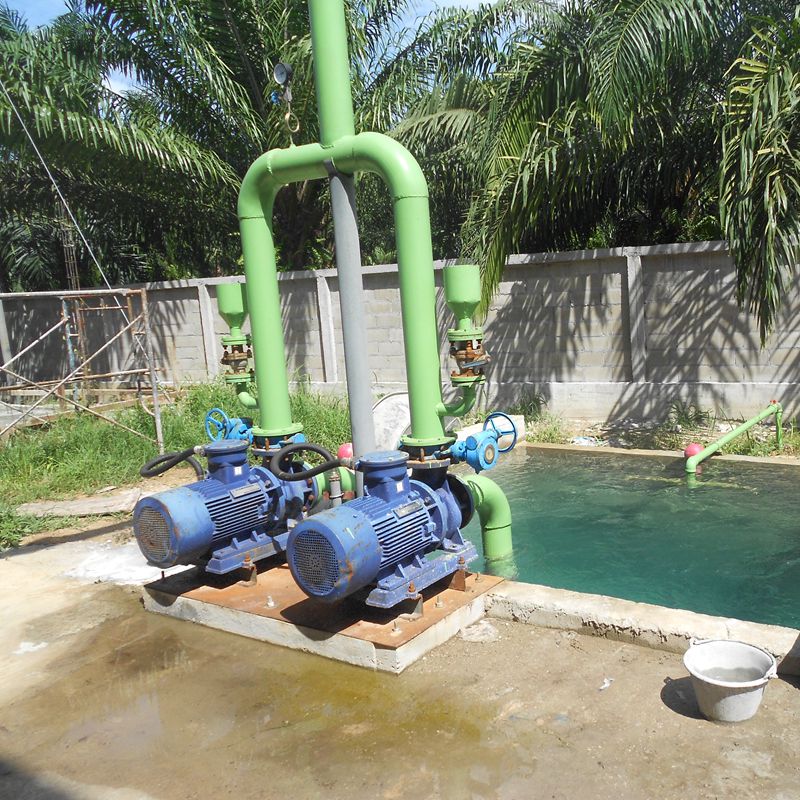
In the competitive palm oil industry, consistent quality and efficient production are no longer optional—they’re essential. At 企鹅集团 (Penguin Group), we’ve integrated advanced PLC automation into our 2024 palm oil processing units to deliver precision control over temperature, pressure, and motor speed—key variables that directly impact yield, energy use, and safety.
Temperature fluctuations during pressing can cause inconsistent oil viscosity, while improper pressure levels lead to either under-extraction or mechanical stress on equipment. A study from Nigeria’s Federal Institute of Industrial Research showed that manual adjustments resulted in up to 12% variation in oil quality across batches—compared to just 3% with automated systems.
| Parameter | Manual Control | PLC-Controlled |
|---|---|---|
| Energy Consumption (kWh/ton) | 210–230 | 170–185 |
| Oil Yield Consistency (%) | ±8% | ±3% |
| Maintenance Intervals (days) | 30 | 60+ |
Our PLC system doesn’t just react—it anticipates. By continuously monitoring real-time sensor data from rollers, heaters, and hydraulic systems, it adjusts parameters within milliseconds, ensuring optimal conditions even when raw material moisture varies.
“After installing Penguin’s automated press line in Kaduna, our downtime dropped by 40%. The operators now focus more on maintenance than constant tweaking.” — Chief Engineer, OILTECH Industries Ltd., Nigeria
The real power lies in visibility. With our intuitive HMI dashboard, plant managers can see live trends in temperature profiles, pressure curves, and motor load—not just as numbers, but as actionable insights. This allows early detection of issues like bearing wear or clogged filters before they become failures.
For example, one client reported a 22% reduction in energy costs over six months after implementing predictive alerts for idle periods. That’s not just efficiency—it’s sustainability.
Operators should perform daily checks on calibration logs, alarm history, and flow consistency—but with PLC oversight, these tasks become proactive rather than reactive. We recommend setting up weekly reviews using built-in analytics tools to fine-tune setpoints based on actual performance data.

If you're running an older system—or even if you're already semi-automated—you’ll find that upgrading to a full PLC-controlled setup isn't just about modernization. It's about resilience. In markets like Nigeria, where power stability and labor consistency vary widely, automation becomes your most reliable partner.
Ready to transform your palm oil operation? Learn how this automated solution delivers stable, low-energy palm oil production tailored for West Africa

